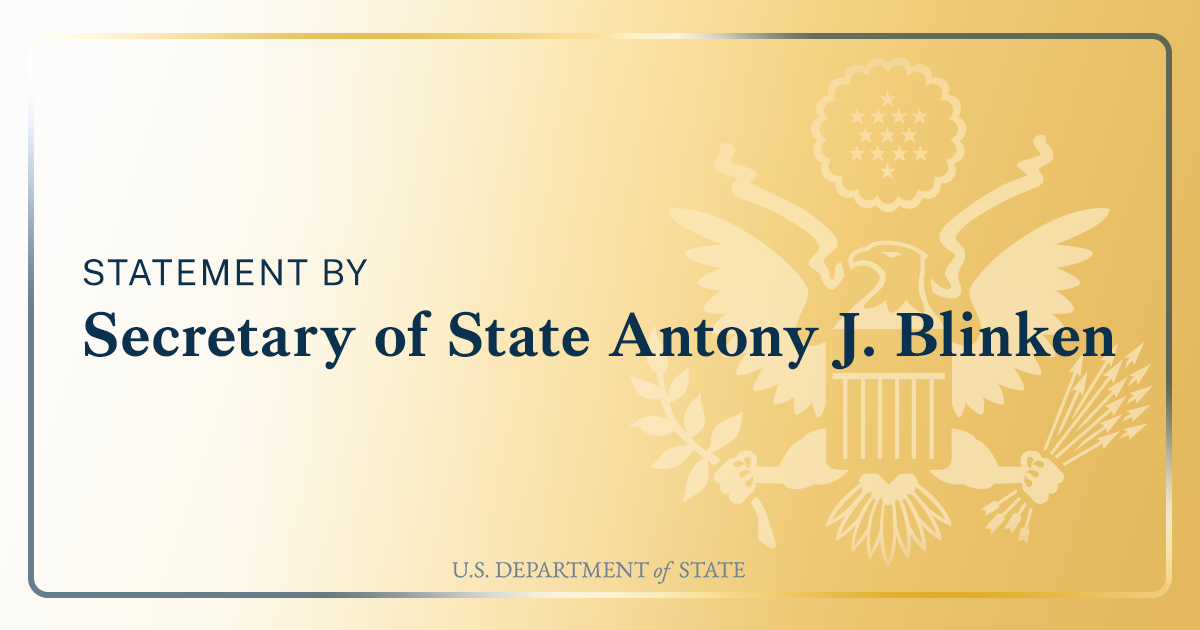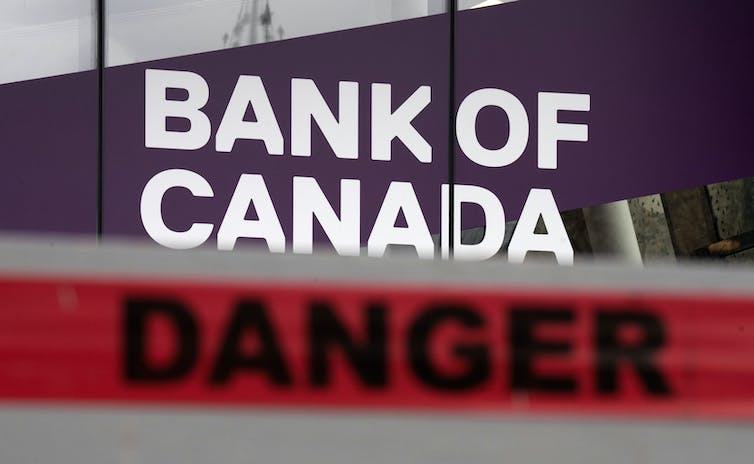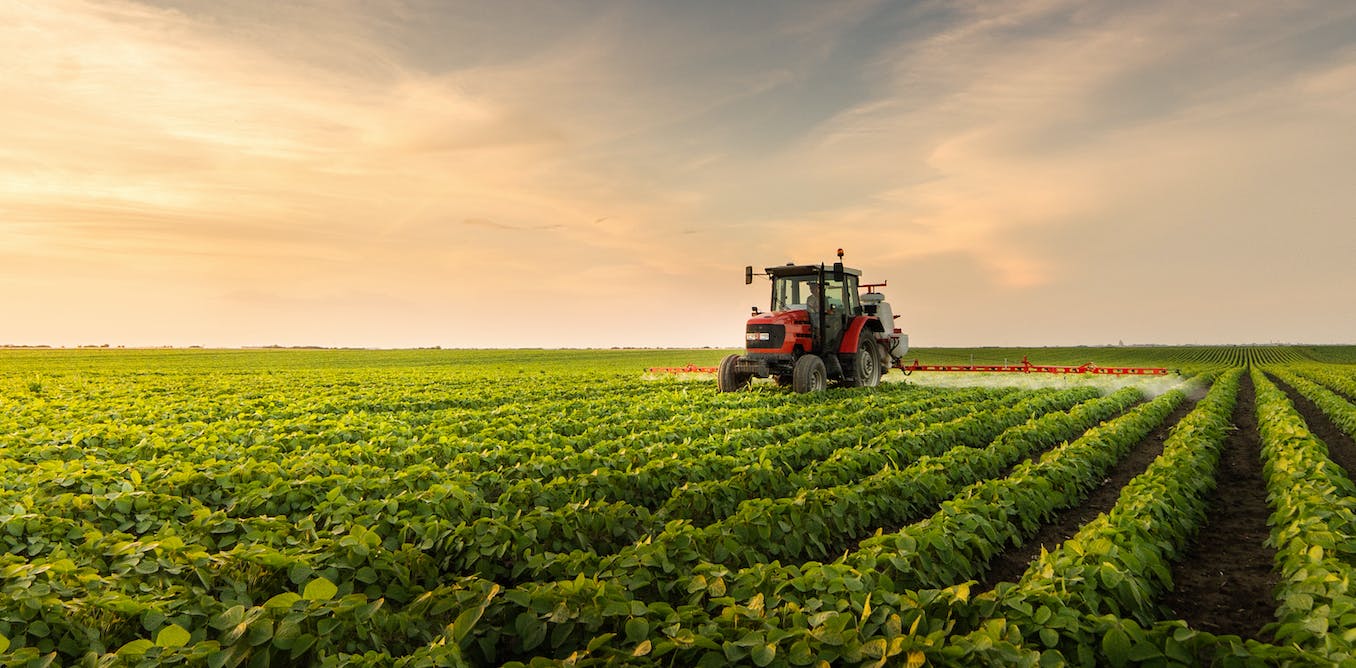It’s now ten years since the UK passed the Same-Sex Marriage Act, which made same-sex marriage legal in England and Wales.
Since then, there’s been an increase in LGBT+ characters onscreen, especially in television. But in film, this representation often follows a particular kind of narrative. A person struggles with their sexuality, feels the need to hide it and the film explores the (often) painful act of coming out.
Frequently these films are more concerned with showing us the homophobia characters face, than the realities of queer relationships (see, or rather don’t see, 2015’s truly terrible Jenny’s Wedding, for example). Alternatively, the idea of committed queer domesticity is played for laughs.
As a researcher who focuses on identities – particularly queer and marginalised ones – in film and television, I’ve been watching film catch up with reality with interest. And thankfully there have been productions that get it right. Here are my picks for three films that offer powerful representations of same-sex marriage, ten years on from legalisation.
Love is Strange (2014)
This is a beautiful film, full of tender moments between its two leads. Ben (John Lithgow) and George (Alfred Molina) have been together for 30 years and decide to finally get married.
The opening scene of the wedding is gorgeously understated, giving us the sense of it being something the couple just hadn’t gotten around to doing yet. After the wedding, George loses his job and the couple are forced to live apart for financial reasons.
Rather than thinking of marriage as the beginning of a life together, the film sees it as a bonus – albeit one that causes issues. It doesn’t shy away from the adversity couples may face around gay marriage, but the commitment the two characters show to each other speaks to an unshakeable faith in love.
Cloudburst (2011)
Narratives of queerness in film and TV often focus on younger characters, so it is nice to see different experiences represented.
In Cloudburst, Stella (Olympia Dukakis) and Dotty (Brenda Fricker) are a lesbian couple living together in Maine. Dotty’s granddaughter (who believes the two are “just friends”) wants to move her into a nursing home as her health declines. What follows is a Thelma and Louise style trip that sees Stella take Dotty to Canada so they can be married.
As with Love is Strange, the small moments of tenderness in Cloudburst give us the sense of the years the two have spent together. There are comedic moments – at times potentially undermining the poignancy of the film – but the relationship between the two is very much front and centre.
Again, marriage is depicted as a bonus, not the hallmark of a committed relationship. Dotty had thought marriage was a “crock of shite” because she couldn’t have it, but finds herself wanting it now that it’s possible. Cloudburst may divide people with its ending, which I will not spoil, but the mission for marriage in the film is a joy to behold.
The Kids Are Alright (2010)
This film is a bit different in that it tackles both same-sex marriage and bisexuality, which isn’t often given explicit representation in queer film. It can also be seen as groundbreaking in that it is one of the first big budget films to feature a married gay couple.
Nic (Annette Bening) and Jules (Julianne Moore) are a married couple with two children. When their youngest, Laser (Josh Hutcherson), wants to find his biological father (Mark Ruffalo), things begin to get complicated.
What is good about this film is that it doesn’t position queer romance as either utopian, or something that results in tragedy – it’s just complicated.
Talking about the pressures on queer people in the modern era, Heather Love, a researcher in queer theory, argues: “In the era of gay normalisation, gays and lesbians not only have to be like everybody else (get married, raise kids, mow the grass, etc.), they have to look and feel good doing it.” The Kids Are Alright pushes back against this pressure.
Jules and Nic do not look and feel good the whole time. T he film shows the messiness of relationships and marriage, allowing for a more nuanced representation. The inclusion of children also gives a chance to explore queer domesticity and family.
In writing this list, I’ve given three different US films. This isn’t to say that there aren’t films from other countries that incorporate gay characters who are married, but these ones above are more prominent and offer better representation.
Many films about same-sex relationships are still looking backwards, contending with the confines of societal restrictions of the past, or reckoning with violence done against LGBTQ+ communities, or the AIDS crisis. All are important. But with marriage rates declining across the board, it will be interesting to see what film reflects in the years to come.
Looking for something good? Cut through the noise with a carefully curated selection of the latest releases, live events and exhibitions, straight to your inbox every fortnight,
on Fridays. Launches August 4. Sign up here.




